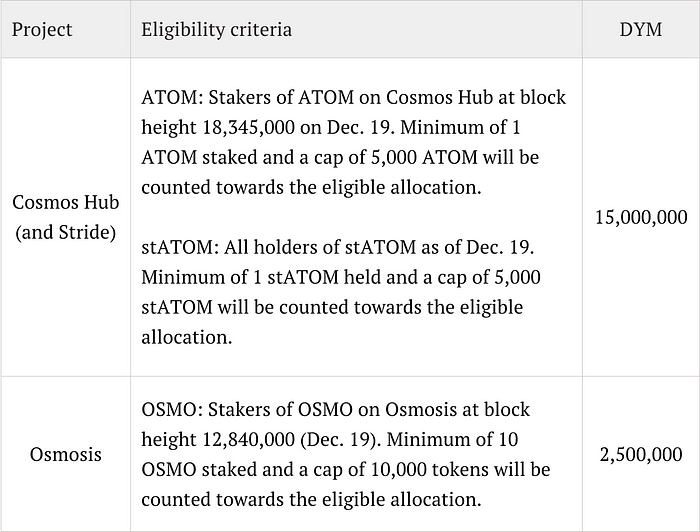As miners continue to shift machines outside of China in the aftermath of the country's recent mining ban, bitcoin's network difficulty, a measure of the problems faced by those mining bitcoin, has increased by 13%, the second greatest increase of the year. Much of the mining capacity (usually in the form of server farms) has shifted to North America, although some has shifted to nations like Russia and Kazakhstan.
Contextualization
For example, the new difficulty is 17,600,000,000,000 (or 17.6T in shorthand), up from 13.7T only a month ago.
This is a 13% rise over the previous difficulty level, and it's the third time in a row that the difficulty level has been increased. The last two were up by 7.3 percent and 6%, respectively, following a 28 percent increase in Bitcoin's hashrate (a measure of the network's overall computational power) over the previous month, from 97 to 126 exahashes (EH).
Mining difficulty is a self-referential metric that indicates how difficult it is for Bitcoin miners to locate the next block in the network. Self-referential here refers to an internally measured unit that started at “1” and has grown enormously since Bitcoin's birth.
The hashrate of bitcoin has now regained around 85 percent from its low point following China's ban earlier this summer, highlighting the crackdown's extraordinary volatility. In July, when hashrate was at its lowest for 2021 at 84.79 million terahashes (TH/s), the network had its greatest downward adjustment ever, a 28 percent drop. Along with Chinese miners relocating, huge North American miners are plugging in machines that were ordered earlier this year and have now been delivered, resulting in a rise in hashrate.
In the mining business, any change of more than 10% is regarded significant, and this one will undoubtedly reduce mining profits at a time when they were on the verge of hitting new highs. Hashprice (a measure of mining profitability) plummeted 10% immediately after the modification, according to Luxor's Hashrate Index, from $0.39 per TH to $0.35 per TH. The yearly high was $0.415 per TH, which was achieved in April, when Bitcoin reached its all-time high.
Mining was highly profitable for active miners following China's mining prohibition, despite price reductions, as expected given the lower competition, particularly for those in the United States. Despite the fact that Bitcoin's price was 50% off its all-time high for the majority of the Summer, plugged-in miners were earning tremendous profits, as proven by the fact that many publicly traded mining businesses had their greatest second quarters ever this year.
Outlook
Given the complicated economics of mining and the fact that most of these stocks continue to trade more as a bitcoin proxy than based on their financials, it's reasonable to expect that this adjustment will have little impact on their prices, especially given the blockbuster revenues these companies saw in Q2 and the current level of mining profitability. That could change if and when traditional proxies, such as ETFs, such as the recently launched Viridi crypto mining ETF, become more widely available in the United States.
What is the Mining Difficulty of Bitcoin? Explainer
Mining difficulty is a self-correcting internal score that assesses and regulates the difficulty of mining a Bitcoin block.
Every two weeks, the difficulty adjusts (or every 2,016 blocks). Depending on how many miners are competing on the network, the network will ratchet it up or down. If more hashrate comes online during one of these two weeks (i.e., more miners are producing more computations to locate blocks than before), difficulty will adjust upward; if hashrate goes offline and competition decreases, difficulty will decrease.
The difficulty adjustment ensures that bitcoin blocks are generated in accordance with Satoshi Nakamoto's 10-minute average when the network was founded. Furthermore, it insured that no single actor outperformed the competition in the early days of the network, because if one miner used so much hashrate that they won too many blocks, the difficulty adjustment would retarget and make mining more difficult, reducing their profitability (and give other miners time to deploy more hashrate).









No comments:
Post a Comment
Note: only a member of this blog may post a comment.